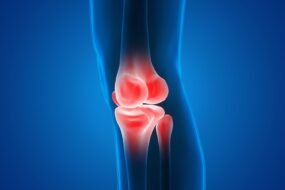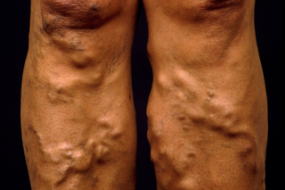Chronic pancreatitis is characterized by fibrosis and destruction of the exocrine pancreas. While acute pancreatitis is an ‘event,’ chronic pancreatitis is an ongoing pathologic process. The clinical challenge is making an early diagnosis when interventions to prevent progression are most effective.
Etiology
- Toxic or metabolic causes- alcohol, tobacco, hypercalcemia, chronic kidney disease
- Autoimmune causes
- Genetic causes- hereditary pancreatitis, cystic fibrosis
- Recurrent and severe acute pancreatitis
- Obstructive causes- ductal adenocarcinoma, intraductal papillary mucinous neoplasia, pancreas divisum, sphincter of Oddi stenosis
- Idiopathic.
Note;
-Alcohol is the most relevant risk factor
-Chronic calcific pancreatitis due to malnutrition, deficiency of trace elements and micronutrients, and cassava consumption is a cause in Southern India.
Pathophysiology;
Risk factors trigger acute pancreatitis. The first episode initiates an inflammatory response involving T helper cells. Ongoing exposure to the risk factor, e.g., alcohol, drives further inflammation, but this time by regulator T cells, followed by fibrosis via activation of pancreatic stellate cells. A cycle of inflammation and fibrosis ensues.
Clinical presentation
- Almost all patients present with abdominal pain in the left epigastric region and radiated to the back
- Each episode of acute pancreatitis leads to permanent damage
- 35 % develop chronic pain while the remaining don’t have pain but present with diarrhea
- Pain may be relieved by leaning forward or drinking alcohol
- Weight loss
- Steatorrhea- when 90% of exocrine tissue has been destroyed
- Protein malabsorption in most advanced disease
- Secondary diabetes may develop- more in those with chronic calcific pancreatitis.
Physical examination
- Thin and malnourished patient
- Epigastric tenderness
- Skin pigmentation on the abdomen and back- due to chronic use of a hot water bottle (erythema ab igne)
- A small number of patients will be asymptomatic
Investigations
Purpose;
- Make a diagnosis
- Define pancreatic function
- Show anatomic abnormalities before surgical intervention
1. To make a diagnosis
- CT scan using multi-detector technology and a pancreatic protocol-: may show atrophy, calcification, or ductal dilatation.
- MRCP
- An abdominal x-ray- may show calcification
- Ultrasound
- Endoscopic ultrasound- shows a detailed examination of the parenchyma and duct
2. To define the pancreatic function
- Collection of pure pancreatic juice after an injection of secretin- the gold standard but rarely used.
- Pancreolauryl test
- Fecal pancreatic elastase
3. Tests to demonstrate anatomy
a) MRCP
Management
1. Alcohol cessation
2. Diet and supplements
- Low-fat meals, small meals, and avoid dehydration
2. Pain relief;
- Start with acetaminophen and NSAIDS; use of opioids should be limited to when nonnarcotics fail
- TCAs at low dose and pregabalin may be effective
- Oral pancreatic enzyme supplements- decrease enzyme secretions
- Patients with intractable pain who are abstinent from alcohol should be considered for endoscopic and surgical interventions;
– Celiac plexus neurolysis- produces long-lasting pain relief, although relapse occurs in a majority of cases
-Total pancreatectomy if MRCP shows no correctable deformity. Causes diabetes and are at risk of hypoglycemia
3. Malabsorption
- Low-fat diet
- Oral pancreatic enzyme supplements
- PPI to optimize duodenal pH for pancreatic enzyme activity
Complications
- Obstructive jaundice
- Duodenal stenosis
- Pseudocysts and pancreatic ascites
- Portal or splenic vein thrombosis
- Peptic ulcers
Management of complications
-Surgical and endoscopic interventions;
Endoscopic;
- Dilation or stenting of duct strictures
- Drainage of pseudocysts
- Removal of calculi
Surgical;
- Partial pancreatectomy
- Pancreatico-jejunostomy












